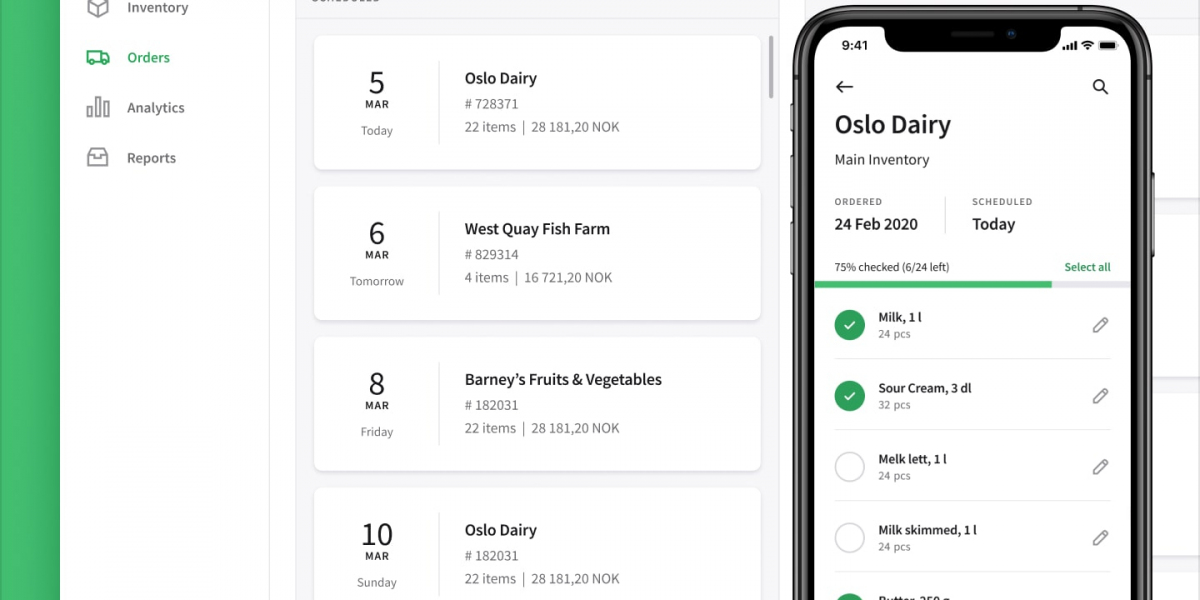In the bustling world of restaurant management, efficiency is paramount. From inventory management to employee scheduling, every aspect of operations demands meticulous attention to detail. However, the traditional methods of managing these tasks through spreadsheets and manual processes can be time-consuming and prone to errors. This is where Restaurant Back Office Software steps in, revolutionizing the way establishments manage their backend operations.
Understanding Restaurant Back Office Software
Restaurant back office software is a comprehensive solution designed to streamline the administrative tasks associated with running a restaurant. It encompasses a wide range of functionalities, including inventory management, employee scheduling, accounting, reporting, and more. By centralizing these tasks into a single platform, back office software simplifies the management process and provides valuable insights to help restaurant owners make informed decisions.
The Importance of Restaurant Back Office Software
Effective management of backend operations is crucial for the success of any restaurant. Poor inventory management can result in overstocking or stock outs, leading to wastage or disappointed customers. Manual scheduling processes can lead to staffing inefficiencies and increased labor costs. Moreover, inaccurate financial reporting can hinder profitability and growth.
Restaurant back office software addresses these challenges by automating routine tasks, optimizing resource allocation, and providing real-time data analytics. By leveraging technology, restaurants can enhance productivity, reduce costs, and improve overall performance.
Key Features of Restaurant Back Office Software
Inventory Management: One of the primary features of back office software is its ability to manage inventory efficiently. It allows restaurants to track stock levels, monitor ingredient usage, and automate reordering processes. By maintaining optimal inventory levels, restaurants can minimize waste and ensure timely availability of ingredients.
Employee Scheduling: Back office software simplifies the process of employee scheduling by providing intuitive tools for creating and managing shifts. Managers can easily assign roles, track labor costs, and handle shift swaps or time-off requests. Automated scheduling algorithms take into account factors such as employee availability, skill levels, and labor laws to optimize staffing levels.
Accounting and Financial Reporting: Accurate financial reporting is essential for monitoring the financial health of a restaurant. Back office software integrates with accounting systems to streamline bookkeeping tasks, generate financial statements, and track expenses. By providing insights into revenue, costs, and profitability, restaurants can identify areas for improvement and make data-driven decisions.
Analytics and Reporting: Back office software offers robust analytics tools that provide valuable insights into various aspects of restaurant operations. From sales performance to menu popularity, managers can access real-time data to track key metrics and trends. Customizable reports enable stakeholders to analyze information tailored to their specific needs, facilitating informed decision-making.
Compliance and Regulation: Restaurants must adhere to various regulatory requirements, including food safety standards, labor laws, and tax regulations. Back office software helps ensure compliance by automating compliance checks, maintaining accurate records, and generating audit trails. By staying compliant, restaurants can avoid fines, penalties, and reputational damage.
Choosing the Right Restaurant Back Office Software
With a plethora of options available in the market, choosing the right back office software can be challenging. It's essential to evaluate your restaurant's specific needs, budget, and scalability requirements before making a decision. Consider factors such as user-friendliness, integration capabilities, customer support, and data security when selecting a software solution.
Introducing Restaurant Back Office Software
Restaurant back office software represents a paradigm shift in how restaurants approach backend operations. It's a comprehensive solution that centralizes and automates key administrative tasks, empowering restaurant owners and managers to focus on what matters most – delivering exceptional dining experiences.
A Closer Look at the Features
Let's explore some of the essential features that define restaurant back office software:
Inventory Management: Say goodbye to guesswork and stockpile headaches. With robust inventory management capabilities, restaurant back office software enables precise tracking of ingredients, supplies, and merchandise. Real-time updates and automated replenishment ensure optimal stock levels, minimizing waste and maximizing profitability.
Employee Scheduling: Efficient staffing is the backbone of any successful restaurant. Back office software simplifies the scheduling process, taking into account factors such as employee availability, skill sets, and labor regulations. The result? Smooth operations, satisfied staff, and optimized labor costs.
Financial Management: Numbers don't lie, and neither does restaurant back office software. By seamlessly integrating with accounting systems, it provides accurate financial reporting, expense tracking, and revenue analysis. Armed with actionable insights, restaurant owners can make informed decisions to drive growth and profitability.
Analytics and Reporting: Knowledge is power, and restaurant back office software delivers insights in spades. From sales trends to menu performance and customer preferences, detailed analytics and customizable reports provide a 360-degree view of restaurant operations. Armed with this data, managers can identify opportunities, address challenges, and stay ahead of the competition.
Compliance and Regulation: Navigating the complex landscape of regulatory compliance can be a daunting task for restaurant owners. Back office software simplifies this process by automating compliance checks, maintaining accurate records, and generating audit trails. From food safety standards to labor laws, rest assured that your restaurant is always in compliance.
Conclusion
Restaurant Back Office Software has emerged as a game-changer for the food service industry, offering a comprehensive solution for managing backend operations. By automating tasks, optimizing resources, and providing valuable insights, back office software empowers restaurants to enhance efficiency, reduce costs, and improve profitability. In an increasingly competitive market, investing in the right technology can make all the difference in driving success and ensuring long-term sustainability for restaurants of all sizes.








